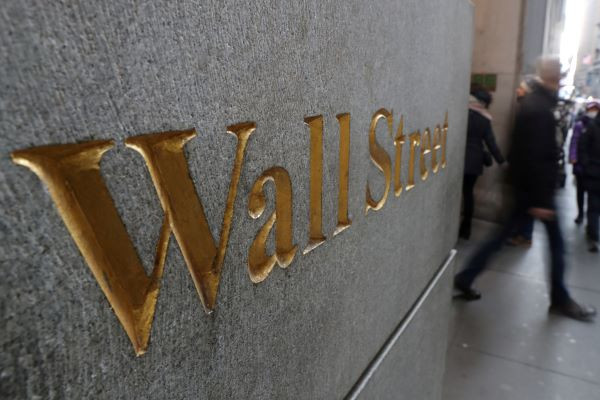The United States Wall Street stocks improved during the last trading session after suffering for days. The S&P 500, Dow Jones Industrial Average, Nasdaq all increased this Wednesday significantly.
According to the New York Times, Wall Street bounced back after experiencing significant losses last Monday. The recovery was said to be a result of Washington's efforts to protect the US economy from further damage caused by the public health crisis.
The shares were still under the negative territory last Tuesday, but the S&P 500, Dow Jones Industrial Average and Nasdaq regained their positions in the positive category.
The S&P 500 index rose by 4.94 percent at 2,882.23. On the other hand, the Dow Jones Industrial Average also rose by 4.89 percent at 25,018.16. Lastly, the Nasdaq composite increased by 4.95 percent to 8.344.25 during the recent trading session.
The report also highlighted that Lyft shares increased after the company's chief financial officer Brian Roberts announced last week that the company is at its strongest week to date.
The chief strategist at Interactive Brokers in Greenwich, Connecticut Steve Sosnick claimed that financial markets always respond positively to tax cuts. Sell-offs during Tuesday triggered investors flocked stocks after rebates and expanded the market offered insurance benefits.
According to the chief economist at Moody's Analytics, the changed policies may be complicated for lawmakers to impose.
Last Monday, US stocks suffered their works trading days since the 2008 financial crisis. Investors panicked over the uncertainty that the public health crisis brought to the global economy, including the oil price war between Russia and Saudi Arabia.
According to The Hill, the Dow Jones Industrial Average lost 2,001 points or incurred a 7.7 percent decline at the start of the trading week. The value was referred to as the worst performance of the stock index since October 2008 during the real estate market crash. It was also lodged as the index, which lost most points during the trading season.
On the other hand, the S&P 500 index also lost 7.6 percent, while the Nasdaq composite ended with 7.3 percent lower from its value last trading season. The report claimed that stocks declined as soon as the market opened this Monday, and the US futures were the most adversely hit by external factors affecting business activities.
Similarly, the Securities Industry and Financial Markets Association (SIFMA) have established contingency plans to take precautions against the growing global health crisis. The backup operations were tested and rolled out in a bid to reduce the risks of slowing business activity.






